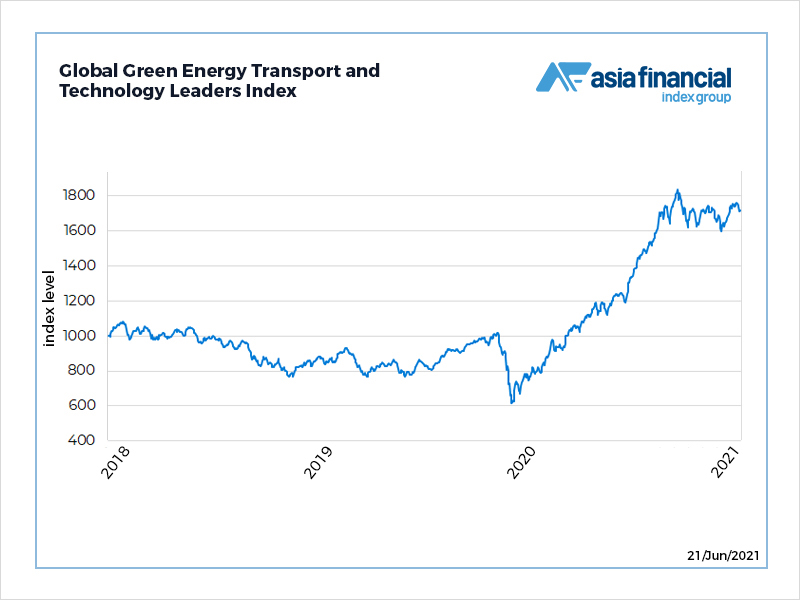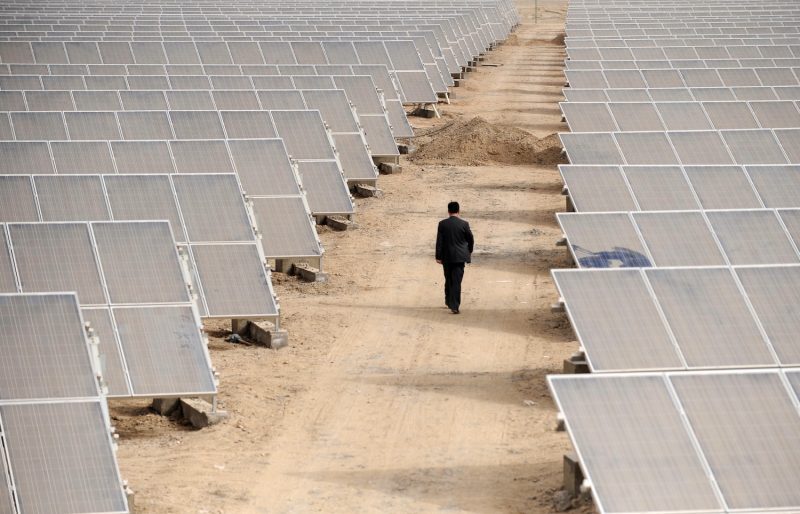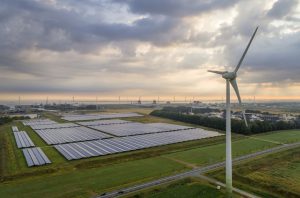Region expected to double its spending on renewable power generation over the next decade – accounting for over half of total investment – with fossil fuel expenditure predicted to plunge
Asia-Pacific investment in renewable energy generation is expected to dwarf fossil fuel power expenditure by 2030.
It’s predicted that investment in green energy by 2030 could double to $1.3 trillion from the previous decade, with fossil fuel power spending expected to drop by about 25% to $54 billion annually, according to consultancy Wood Mackenzie.
“Asia-Pacific power generation investments are leading the world and expected to hit $2.4 trillion in the current decade, with renewables accounting for over half,” the consultancy’s research director Alex Whitworth said.
Also on AF: Iron ore is the latest front in China’s commodities war
China, Japan, India, South Korea and Taiwan are among the top contributors to renewable investments, which include solar and wind, in the Asia Pacific with an average of about 140 gigawatts of additional capacities annually, Woodmac said in a note on Tuesday.
By contrast, Woodmac said renewable investments in Australia – Asia Pacific’s leader in the energy transition – will drop by 60% in the next five years, but pick up again to average $7 billion a year in 2030s.
“The country is closing ageing coal-fired plants and facing reliability and cost challenges at least 10 years earlier than other Asian countries,” said Woodmac senior analyst Le Xu.
Coal is expected to make up 55% of Asia-Pacific’s fossil fuel investments until 2030, before shrinking to 30% in the 2030s as gas dominates, said Whitworth.

The AF Global Green Energy Transport and Technology Leaders Index selects leading companies that have business involvement in the development, use or investment in new energy vehicles, autonomously driven vehicles, battery technology, renewable energy and energy storage.
The region’s carbon emissions from power sector is likely to peak at 7.3 billion tonnes by 2025, equivalent to 1.8 tonnes per person or less than half the level of most developed countries.
While the region’s power sector carbon emissions are expected to drop by 47% from their 2025 peak, “inertia in the coal power fleet will prevent Asia-Pacific from reaching carbon-free power by 2050,” said Whitworth.
New technologies such as carbon capture and storage and green fuels including hydrogen, ammonia and biomass into coal and gas generation will be key in reducing power sector emissions, said Whitworth.
- Reporting by Reuters
Read more:
China’s renewables lead the world by far, but it’s still not enough
India-UK open cleantech two-way street of investment, green opportunity
























